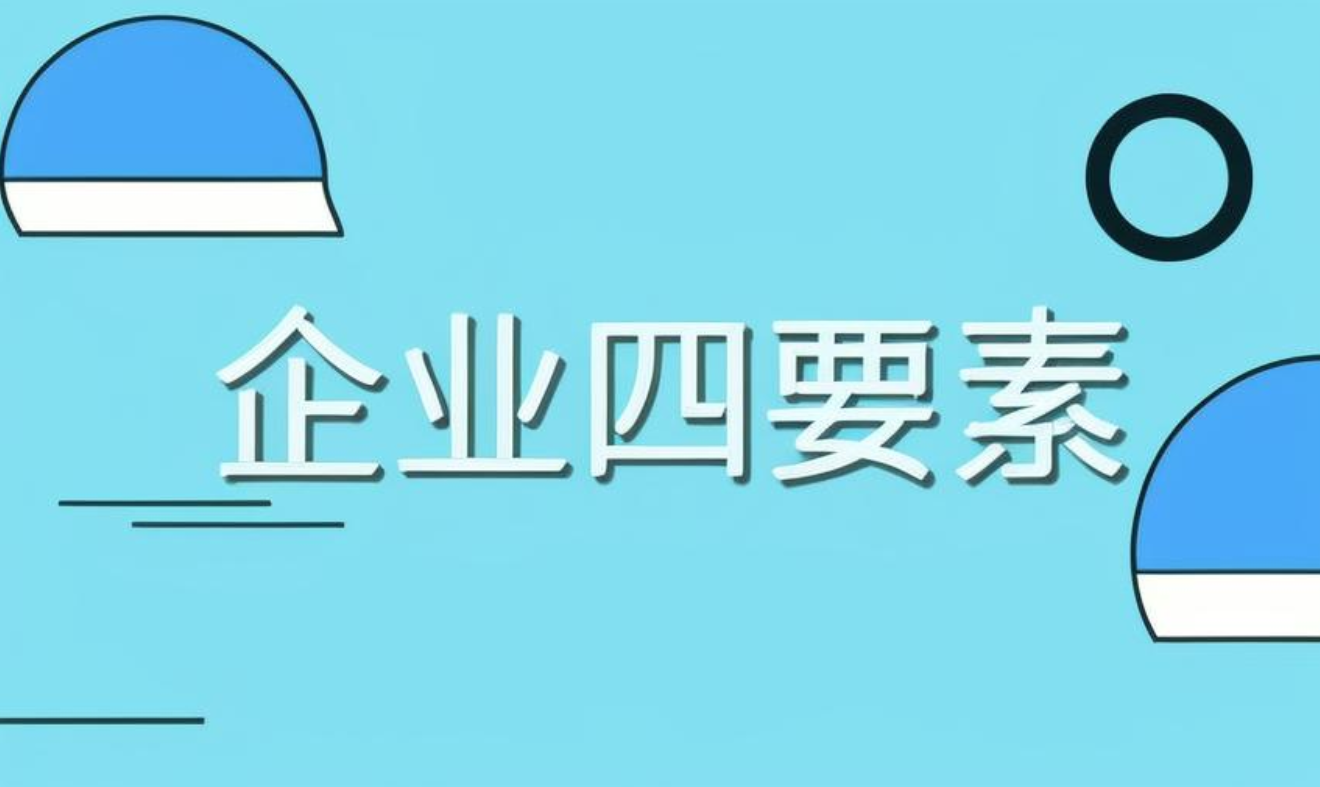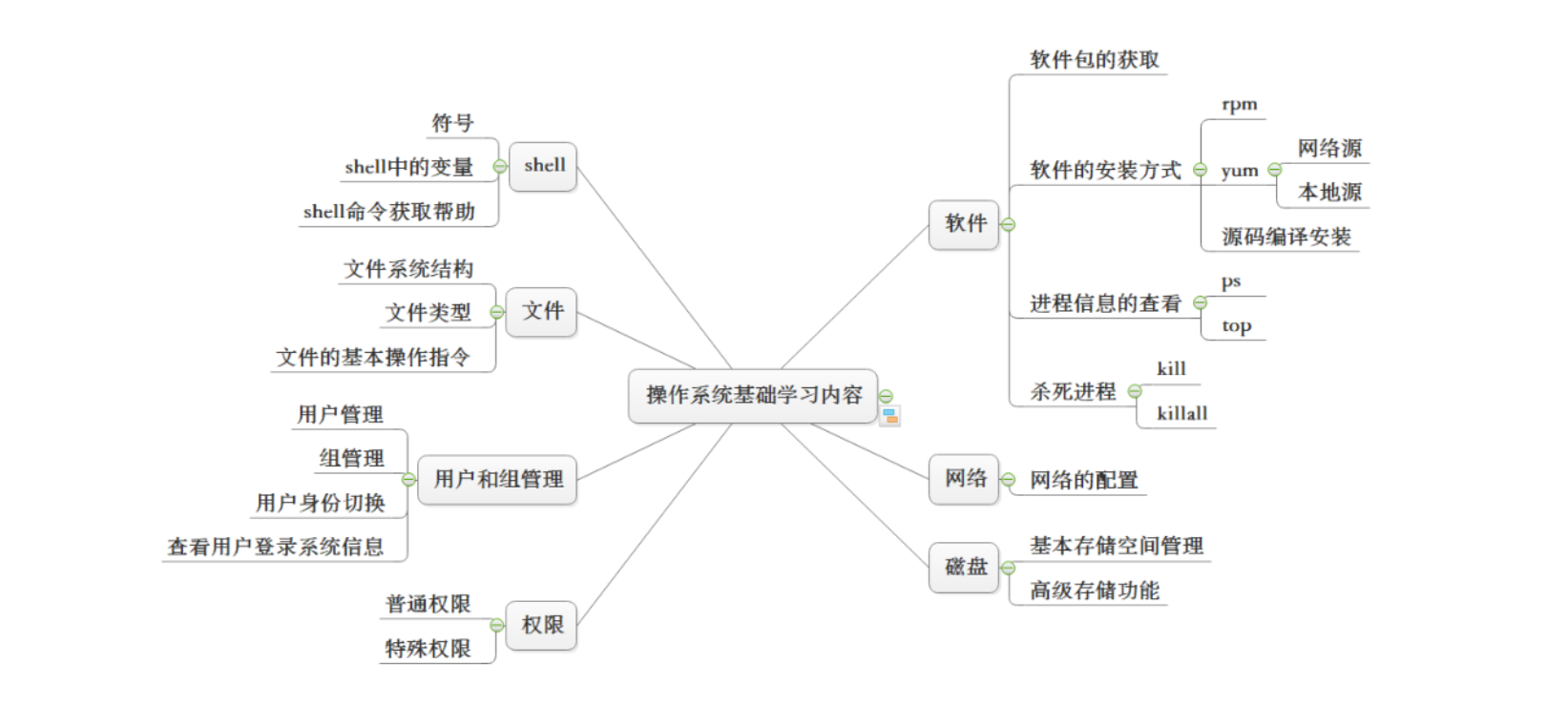四.Axios异步通信
1 什么是Axios?
Axios是一个类库,基于Promise管理的HTTP 库,是前端通信框架,可以用在浏览器和 node.js 中。axios实现了对ajax的封装,常用于Ajax请求。 注解:promise是Java Script的一个对象,代表了未来将要发生的事件,用来传递异步操作的消息。
2 Axios和Ajax的关系
Axios是AJAX技术的一种实现,就像Jquery中的$.ajax也是AJAX技术的一种实现。 Axios是通过Promise实现XHR封装,其中Promise是控制手段,XHR是实际发送Http请求的客户端。 Jquery中的$.ajax是通过callback+XHR实现(XHR就是XmlHttpRequest对象) 再通俗一点讲:AJAX是汽车,Axios是奥迪,$.ajax是奔驰
3 为什么要用Axios?
因为vue的边界很明确,就是为了处理DOM,所以并不具备通信功能,为了解决通信问题,作者单独开发了一个名为 vue-resource 的插件,不过在进入 2.0 版本以后停止了对该插件的维护并推荐了 Axios 框架,此时就需要额外使用一个通信框架与服务器交互。 功能就像jQuery提供的AJAX通信功能。
4 Axios的API
axios({
method: 'get',
url: '/user/12345',
data: {
id:1,
name:'aa'
}
});
axios.get('url'[,'参数']).then(resp=>(this.user=resp.data));
axios.post('url'[,'参数']).then(resp=>(this.user=resp.data));
axios.put('url'[,'参数']).then(resp=>(this.user=resp.data));
axios.delete('url'[,'参数']).then(resp=>(this.user=resp.data));
5 Axios的使用
axios提供了多种请求方式,比如直接发起get或post请求:
5.1.get请求
案例1
a.模拟后端接口传递回的json数据
咱们后端开发的接口大部分都是采用 JSON 格式,我们可以创建一个文件存放json数据用来模拟后端接口传递过来的数据。
user.json页面:模拟服务器端返回的数据
{
"id":1,
"name": "呆萌老师",
"qq": "2398779723",
"weixin":"it_daimeng",
"address": {
"country": "中国",
"city": "上海"
}
}
b.通过axios 跟服务器端 交互
index.html :
<!DOCTYPE html>
<html>
<head>
<meta charset="utf-8" />
<title></title>
<script type="text/javascript" src="js/vue.js" ></script>
<!--在线引入axios。在项目开发中会安装axios组件(npm install axios)-->
<script src="https://unpkg.com/axios/dist/axios.min.js"></script>
</head>
<body>
<div id="app">
<input type="button" value="请求数据" v-on:click="getUserInfo" />
<div>id:<span>{{user.id}}</span></div>
<div>name:<span>{{user.name}}</span></div>
<div>qq:<span>{{user.qq}}</span></div>
<div>weixin:<span>{{user.weixin}}</span></div>
<div>address:<span>{{user.address.country}}/{{user.address.city}}</span></div>
</div>
<script>
var v=new Vue({
el:"#app",
data:function(){//处理返回的数据 (后台返回的数据在页面上渲染时使用)
return{
//请求的返回参数格式必须和json字符串一样
user:{
id:null,
name:null,//相当于形参占位,实际参数user.json会传递过来
qq:null,
weixin:null,
address:{
country:null,
city:null
}
}
}
},
methods:{
getUserInfo:function(){
console.log("aaa");
// axios.get('user.json').then(resp=>(console.log(resp.data)));
// resp.data 存放的是响应回来的数据
axios.get('user.json').then(resp=>(this.user=resp.data));
}
}
// //mounted钩子函数,页面加载时触发的函数
// mounted:function(){
// this.getUserInfo();
// }
})
</script>
</body>
</html>
c.测试:


d.说明:
这里使用 axios 框架的 get 方法请求 AJAX 并自动将数据封装进了 Vue 实例的数据对象中 我们在data中的数据结构必须要和Ajax响应回来的数据格式匹配!
e.也可以设置参数:
// 为给定 ID 的 user 创建请求
axios.get('/user?id=1')
.then(function (response) {
console.log(response);
})
.catch(function (error) {
console.log(error);
});
// 可选地,上面的请求可以这样做
axios.get('/user', {
params: {
ID: 12345
}
})
.then(function (response) {
console.log(response);
})
.catch(function (error) {
console.log(error);
});
案例2:
带参数的get请求
a.准备服务器端代码,这里以java代码为例
package com.example.axios_test.controller;
import com.example.axios_test.pojo.User;
import org.springframework.web.bind.annotation.*;
import java.util.HashMap;
@RestController
public class UsersController {
@GetMapping("/users/{id}")
//设置跨域 允许客户端的域名访问此方法,注意看你自己的客户端域名
@CrossOrigin(value = "http://127.0.0.1:8020")
public User getUserById(@PathVariable("id") int id)
{
HashMap<Integer,User> hashMap=new HashMap<>();
hashMap.put(1,new User(1,"汪老师"));
hashMap.put(2,new User(2,"呆萌老师"));
return hashMap.get(id);
}
}
b.前端页面通过axios请求后端数据
<!DOCTYPE html>
<html>
<head>
<meta charset="UTF-8">
<title></title>
<script type="text/javascript" src="js/vue.js" ></script>
<script src="https://unpkg.com/axios/dist/axios.min.js"></script>
</head>
<body>
<div id="app">
<input type="button" value="请求数据" v-on:click="getUserInfo(2)" />
<div>id:<span>{{user.id}}</span></div>
<div>name:<span>{{user.name}}</span></div>
</div>
<script>
var v=new Vue({
el:"#app",
data:function(){//处理返回的数据 (后台返回的数据在页面上渲染时使用)
return{
//请求的返回参数格式必须和json字符串一样
user:{
id:null,
name:null
}
}
},
methods:{
getUserInfo:function(id){
axios.get('http://localhost:8080/users/'+id).then(resp=>(this.user=resp.data));
}
}
})
</script>
</body>
</html>
c 测试

5.2.post请求
模拟一下用axios中用post方式提交表单数据,再处理返回结果
a.模拟服务器端接收前端提交的表单数据并处理
@PostMapping("/users")
@CrossOrigin(value = "http://127.0.0.1:8020")
//如果发送请求过来的数据类型是json格式,则这里接收的时候 用 @RequestBody
public String checkLogin(String uname,String upwd) {
if(uname.equals("daimenglaoshi") && upwd.equals("666") )
{
return "ok";
}
else
{
return "error";
}
}
b.前端post方式提交表单数据
<!DOCTYPE html>
<html>
<head>
<meta charset="UTF-8">
<title></title>
<script type="text/javascript" src="js/vue.js" ></script>
<script src="https://unpkg.com/axios/dist/axios.min.js"></script>
</head>
<body>
<form action="method" id="loginForm" >
用户名:<input type="text" name="uname" v-model="uname" />
密码:<input type="password" name="upwd" v-model="upwd" />
<input v-on:click="login" type="button" name="btn" value="登录" />
</form>
<script>
var v=new Vue({
el:"#loginForm",
data:{
uname:"",
upwd:""
},
methods:{
login:function(){
axios.post("http://localhost:8080/users","uname="+this.uname+"&upwd="+this.upwd).then(function(response) {
console.log(response);
})
}
}
})
</script>
</body>
</html>
c.测试













![[任务调度] XXL-Job入门指南](https://img2023.cnblogs.com/blog/1173617/202308/1173617-20230809104503525-866792006.png)











![[Java]线程生命周期与线程通信](https://img-blog.csdnimg.cn/direct/8e1a396ad6f2425a8bea15c5fe54c1f3.png)
